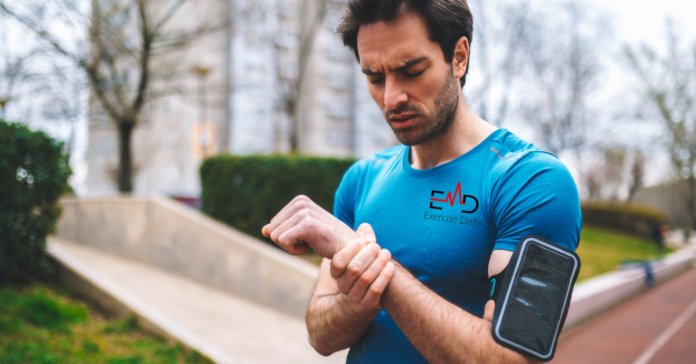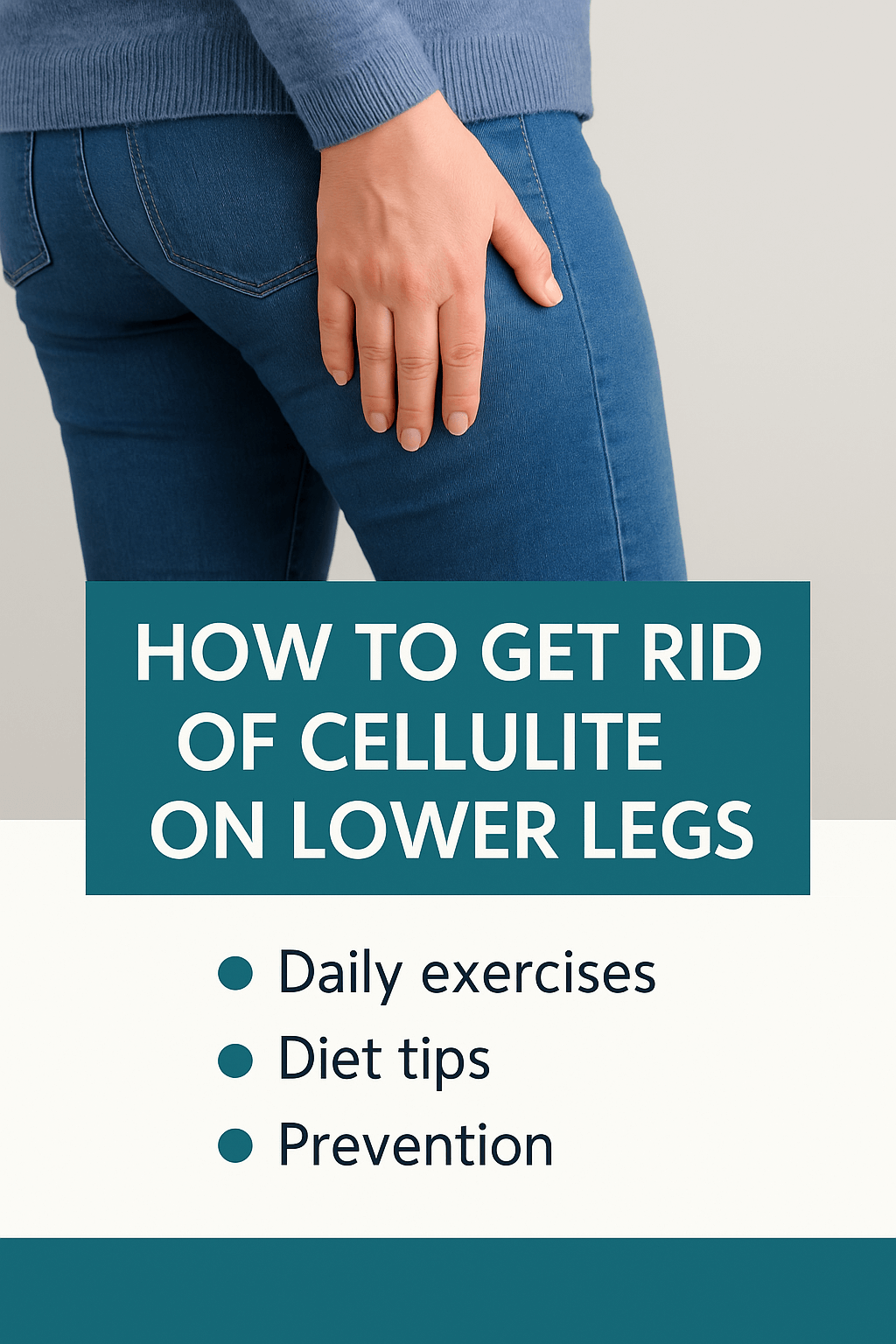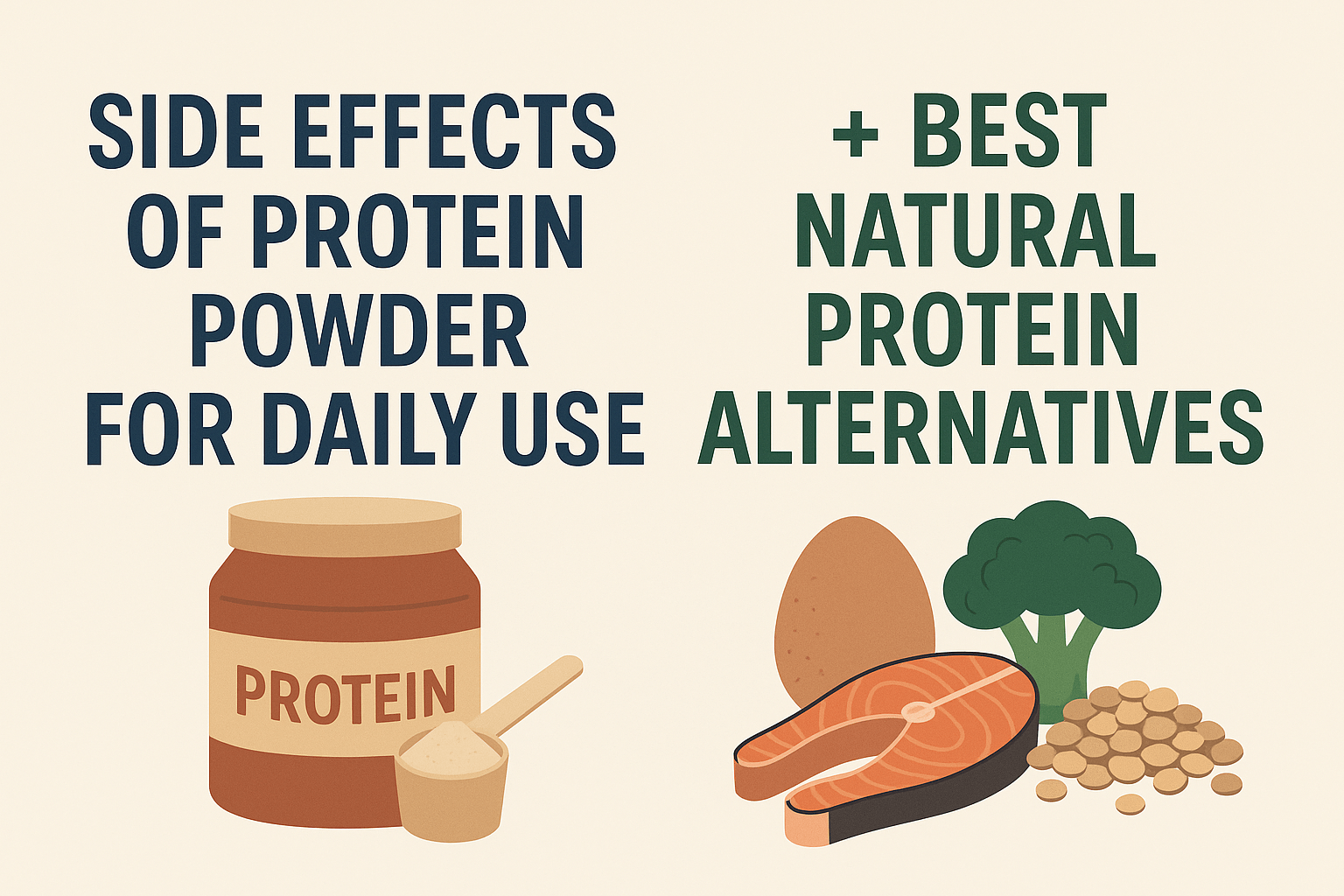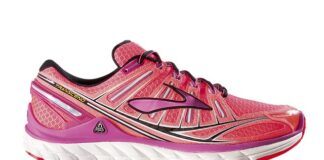Exercise Daily – You are here because you are one of those people who suffer from joint pain after workout. Didn’t find any answer yet?
Well, don’t worry! Let’s have an insightful overview of possible causes behind joint pain after exercise and how to treat it.
The joints in the body are responsible for connecting the bones. These are made up of a number of components. Ligaments, tendons, additional bones, and muscles are among the structures that make up the body.
They not only serve to link the bones, but they also aid in the movement of the skeletal system. Consider a hinge on a door as an example.
During an exercise, the joints move in order to attain the movement or posture that you desire.
Joint Pain After Workout – 5 Possible Causes
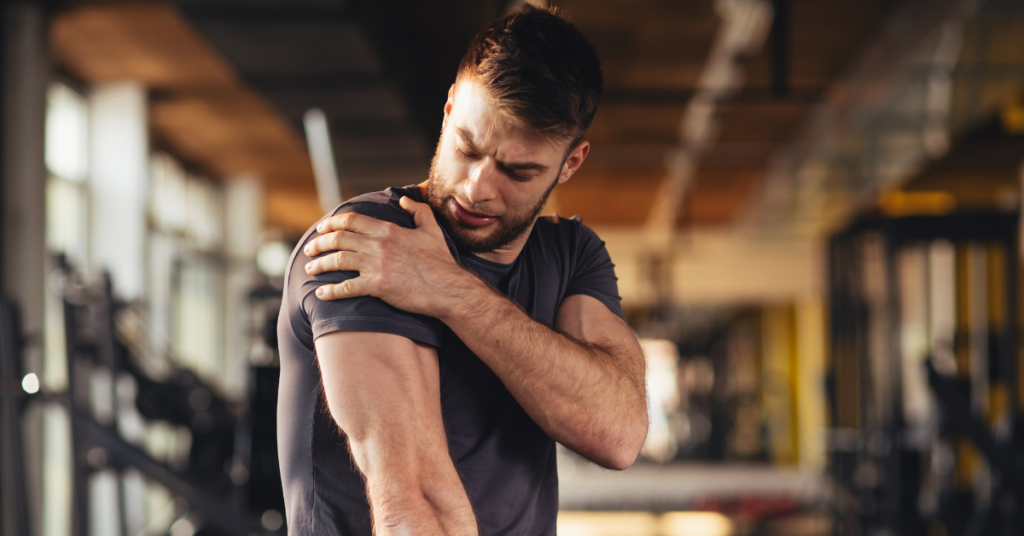
The following are some of the reasons why they might be painful after some workout sessions:
Inadequate Warm-Up
Warm-up activities are really necessary. They assist in the stretching of the muscles, ligaments, and tendons of the body. Because it increases the quantity of synovial fluid that is produced and helps in naturally lubricating your joints.
You just can’t suddenly put your muscles to work in a new way. This is something they can get used to.
With time, you have to make them adaptable to different workouts. If you do this, you can lower your chances of suffering an injury or experiencing joint pain.
Longer Workout Sessions
A second major reason is that people work out for an excessive amount of time. Consider your joints to be rubber bands that you may stretch and contract.
The more you stretch them, the more they lose their ability to retain their shape. To put it another way, they grow less effectively with time.
In between training sessions, the joints require rest and recuperation time. In order to maximize results when exercising in high volume, avoid working for the same muscle group more than once every three days.
Alternatively, you may just take a day off in between exercises to enable your muscles to recover. So, longer workout sessions can be a possible reason for joint pain after workout.
Training at the Extreme
Joint discomfort will result from the usage of excessive weight. This can happen even with a lightweight if you do too many repetitions.
The use of weights that are too heavy to lift might also be troublesome. It puts an excessive amount of tension on the joint. You could get joint pain in your fingers as well.
Inadequate Knowledge of Workout Styles
A major reason why instructors are important when exercising, especially if you’re just starting out, is that they provide additional support.
In order to be successful, you must use the correct workout style guide. These techniques are necessary in order to ensure that you are working your muscles correctly and that you are not hurting yourself in the process.
Nutritional Deficiency
Exercise is pointless if it is not accompanied by a healthy diet. It is possible that nutrition will reduce or worsen joint discomfort. It is due to the fact that the joints are not obtaining the nutrients they require to recover properly.
How to Prevent Joint Pain After Workout?
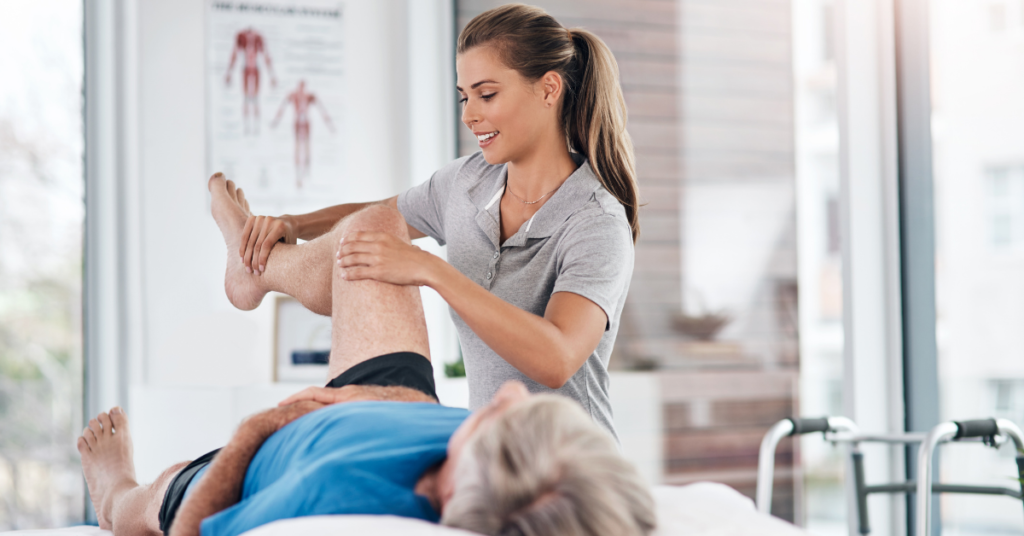
Despite the fact that you have little or no control over the underlying disease that is causing your joint pain, you do have some control over how you manage the pain and prevent it from becoming more severe.
People used to believe that ceasing physical activity was one of the most effective methods to reduce joint discomfort. However, this is just not the case.
In reality, regular exercise can actually aid in reducing your pain by assisting in the stretching and movement of joints as well as the surrounding tendons and muscle tissue.
Breakup Your Workouts
Many folks like to appoint “arm days” and “leg days,” rotating between the muscular parts on each day that they train to maximize their results.
Rather than exerting a repeated load on one single muscle group throughout each workout, it is actually more beneficial to rotate between muscle groups while attempting to prevent joint discomfort.
To do this, alternate between working out your upper and lower bodies each time you exercise. For example, after finishing a set of lunges, turn your attention to your arms by performing pushups or lifting some free weights.
Breaking up your workout activities can significantly help you with joint pain after workout.
Stretch After Each Workout Session
Even while it may be easy to shorten your workout sessions and avoid stretching, doing so might actually make your discomfort worse in the long run if you are suffering from joint pain.
Why? Because having muscle tightness may increase joint discomfort, limit mobility, and make future exercises more uncomfortable, it is important to avoid them.
During the time that your muscles are still warm after your workout, it is necessary to spend time carefully stretching out each muscle group, taking care to spend no more than 20-30 seconds on each stretch.
This will help you to have less discomfort the next time you go to the gym.
Anti-Inflammatory Diet
Believe it or not, the food you consume has a significant influence on the health of your joints.
If you suffer from joint pain on a daily basis, you may want to think about including an anti-inflammatory diet in your lifestyle to alleviate some of the sufferings you’re experiencing.
The good news is that an anti-inflammatory diet isn’t actually a diet in the traditional sense of the word.
Just a fancy way of saying consume nutritious, unprocessed meals whenever possible, especially those that are proven to decrease inflammation, such as kale, a variety of fruits and vegetables, salmon, and whole grains.
In addition to almonds and avocados, meals containing the spice turmeric are also healthy options. Moreover, it is critical to avoid overly processed, sugary, and fatty meals because ingesting them may actually trigger inflammation in your joints.
Joint Pain After Workout – FAQs
Why Do I Have Joint Pain After Exercise?
Pain and stiffness in your knees after exercise can be caused by a variety of factors, including damaged tendons or ligaments, arthritis, and infection.
The University of Maryland Medical Center’s specialists, on the other hand, point out that the location of the pain might be useful in determining the source of it.
Can Too Much Exercise Cause Joint Pain?
According to a recent study, middle-aged men and women who participate in high amounts of physical activity — at home, at work, and in the gym — may be unintentionally harming their knees and increasing their chance of developing osteoarthritis.
Men and women of normal weight who were not experiencing pain or other symptoms took part in the trial.
How Do I Get My Joints to Stop Hurting?
In order to alleviate discomfort and swelling in your joints, use ice. For 15 minutes at a time, several times a day, ice the joint.
After a few days, you can use a heating pad to relieve any muscle spasms that have developed around the joint.
Rest the joint for the first day and refrain from engaging in any activities that bring you discomfort.

